When Star Trek Deliberately Misled Fans
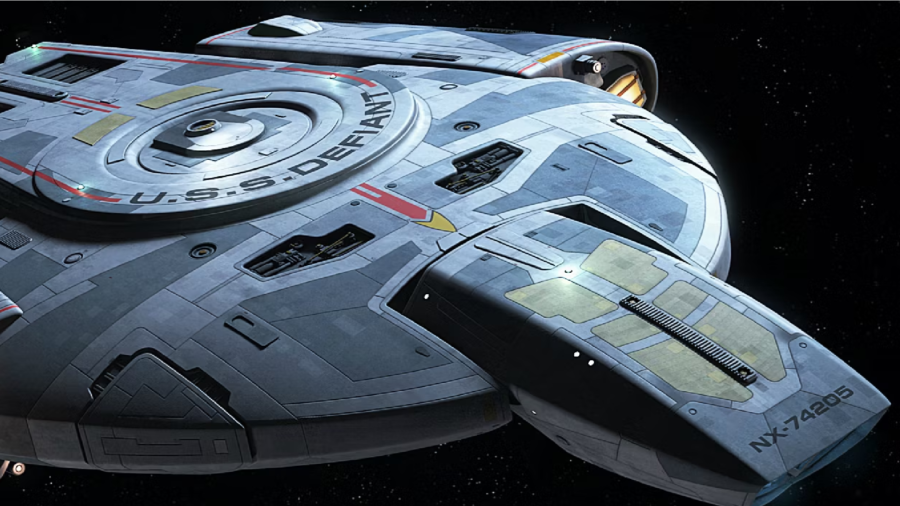
Normally, Star Trek is the kind of franchise where our heroes are moral exemplars, and that’s fitting for the whole premise of these shows. After all, as we watch stories of what humanity could achieve, it can be downright inspirational to watch characters who serve as examples of how we could all become better people.
However, in the dark spinoff Deep Space Nine, two episodes–“Homefront” and “Paradise Lost”–were designed to mislead fans so that we, like Captain Sisko, could learn from our very human mistakes.
Placing Earth Under Martial Law
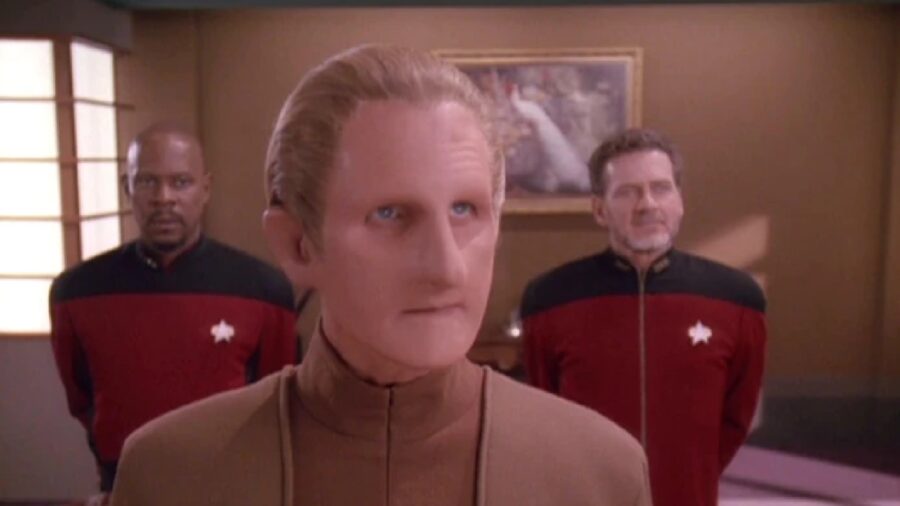
To understand how this lesson even works, you need to know a bit more about the plots of “Homefront” and “Paradise Lost.” When an attack on Earth kills dozens of people, and it looks like a shapeshifter is responsible, Captain Sisko and Odo visit to help the planet better deal with changeling infiltrators. At first, Sisko’s biggest ally in securing Earth is Admiral Layton, who encourages putting the entire planet in martial law.
Eventually, Sisko discovers that he and everyone else on Earth have been played. Layton has been lying and manipulating all along in order to consolidate his power and effectively perform a coup on Starfleet. Fortunately, Sisko is able to arrest Layton and stop his crazy plans before they can result in any serious casualties.
The Plot Sounds Familiar But It Was Done Years Earlier
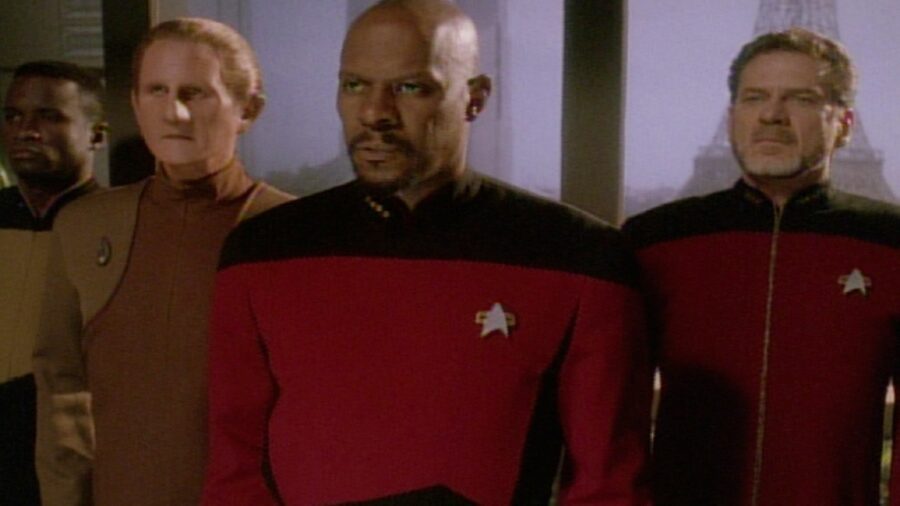
How were “Homefront” and “Paradise Lost” designed to teach audiences a bitter lesson? According to prolific DS9 writer René Echevarria, “an attempt to make the audience complicit in believing that a threat is imminent, and that by any means necessary it must be dealt with.” In other words, Sisko serves as our point-of-view character, and as he falls under Layton’s spell, we go right along with it.
Deep Space Nine Writers Pulled A Fast One On Viewers
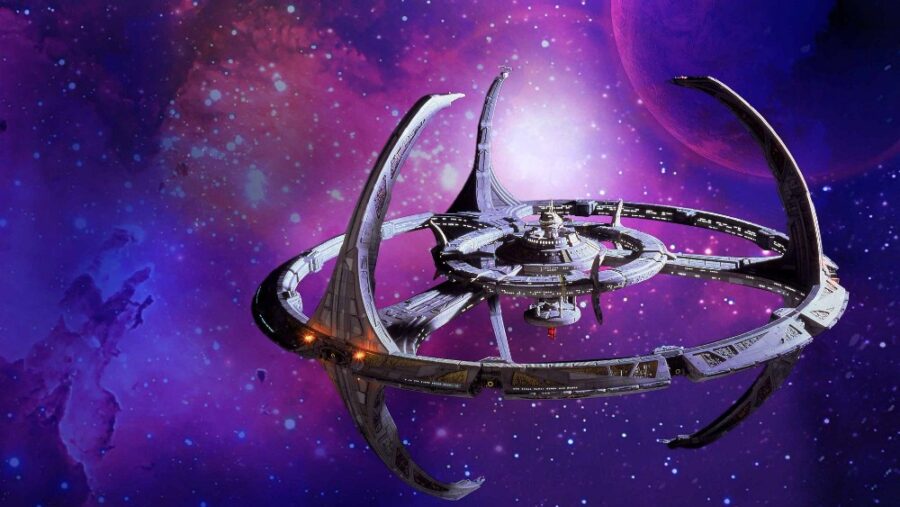
According to Echevarria, “Homefront” sets up audience support for many regressive policies before “Paradise Lost” yanks the rug out from under us. Because the Changelings are foes who can impersonate anyone, Sisko and Layton institute things like blood tests and martial law, all in the name of planetary security.
The writer claims that it’s only by the second episode that “we find out that the real point of the story is how dangerous this feeling is.”
Interestingly, Echevarria isn’t the only Deep Space Nine writer who made this point about “Homefront” and “Paradise Lost.” Robert Hewitt Wolfe said, “We wanted to make people think we were doing a different story” and that “The whole thing is a total misdirection. Part I is a total misdirection of Part II.”
Sisko Faces That He Was Wrong
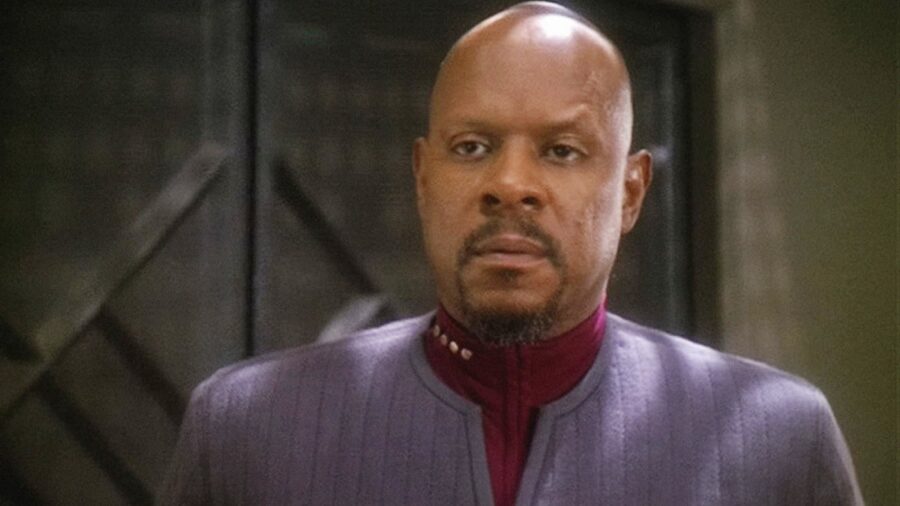
While NuTrek is known for focusing on character flaws (the most notably being Burnham’s attempted mutiny in Discovery), classic Trek was more focused on characters who almost always did the right thing. In retrospect, that’s part of what made “Homefront” and “Paradise Lost” so effective: audiences would have naturally accepted what Sisko believed as true, and at first, they had no real reason to assume otherwise.
Having a beloved character face the hard truth that he was wrong and had to change his thinking unexpectedly modeled behavior that, quite frankly, more Trek fans still need to master.
Among The Best Episodes In The Series
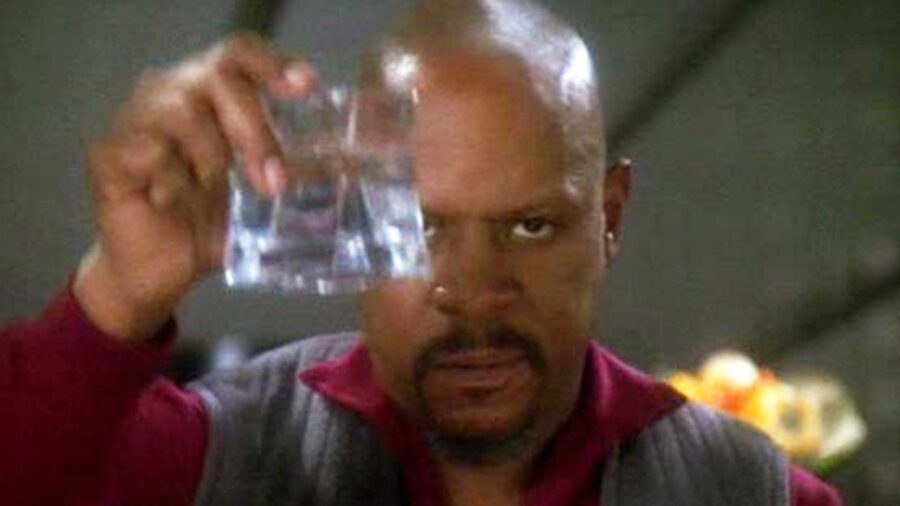
Looking back, these two Deep Space Nine episodes were among the best in the show. In addition to the typically excellent acting, special credit goes to the writers who made the audience part of the moral dilemma at the heart of the story. We grew and were better people by the time the credits rolled, which is just one more reason why DS9 is one of the best shows ever made.












